When it comes to traveling solo, there are several important things to consider – and one of the most important is making sure you have a well-stocked and organized first aid kit. Whether you’re planning a short weekend trip or embarking on a months-long adventure, having the right supplies on hand can mean the difference between a minor annoyance and a major crisis. Here are ten essential tips to keep in mind when packing your solo travel first aid kit:
1. The Basics: What Every First Aid Kit Should Include

When it comes to packing the essentials for your first aid kit, there are a few items that should always be included. These include adhesive bandages in various sizes, antiseptic wipes, gauze pads, medical tape, and tweezers. It is also important to pack any prescription medications or medical devices that you need, such as an inhaler or EpiPen. Make sure to pack enough supplies to last for the duration of your trip, plus a few extra in case of emergencies.
A few additional items you may want to consider adding to your basic kit include scissors, gloves, and a CPR mask for emergencies. Pain relievers like acetaminophen or ibuprofen can also be helpful to include, as well as motion sickness medication if you’re prone to getting dizzy on long car or plane rides.
If you’re unsure about what specific items to include in your kit, consider consulting with your primary care physician or a travel health clinic for guidance.
2. The Extras: Non-Essential but Helpful Items

While the basics are important, there are also a few non-essential items that can be extremely helpful while traveling solo. These include antihistamines for allergies, a thermometer to monitor fevers or hypothermia, and a small mirror to assist with wound care or self-examinations.
A flashlight is also a good idea to include in your kit, as you never know when you might find yourself in a dark or poorly lit area. Make sure to also pack extra batteries or a portable charger to keep your devices powered up and ready to use.
If you’re traveling to a sunny destination, consider adding sunscreen and aloe vera gel to your kit as well. Insect repellent can also be useful to help prevent bug bites or stings.
3. Travel-Specific Items: First Aid for the Road
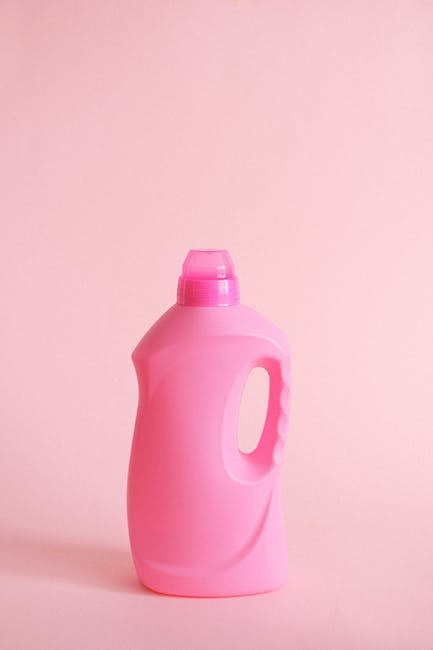
If you plan on doing a lot of outdoor activities while traveling, there are a few additional items you may want to include in your kit. Sunscreen, insect repellent, and aloe vera gel can help prevent and treat sunburns and bug bites.
If you’ll be spending time in remote areas or doing adventure sports like hiking or rock climbing, consider packing a first aid manual and a whistle. Signal mirrors or flares can also be helpful to attract attention in case of an emergency.
If you’re traveling by car, make sure to pack a roadside emergency kit as well. This should include items like jumper cables, a tire gauge, and a spare tire or fix-a-flat canister.
4. Size Matters: Choosing the Right Kit

The size of your first aid kit will largely depend on the length and type of your trip. If you’re traveling for a short period of time and staying in areas with easy access to medical care, a small kit will suffice. For longer trips or travel to more remote areas, a larger kit with more comprehensive supplies may be necessary.
Think carefully about your itinerary and the potential risks you might encounter, such as extreme weather conditions or specific health concerns. As a general rule of thumb, it’s better to pack too much than too little when it comes to first aid supplies.
Consider investing in a waterproof or shock-resistant container to protect your supplies from damage. This will also make it easier to pack and transport your kit from place to place.
5. Stay Organized: Choose the Right Bag

When it comes to packing your first aid kit, it’s important to stay organized. Choose a bag or container that is labeled and easy to navigate, so you can quickly find the supplies you need in an emergency. Zip-lock bags or small plastic containers work well for organizing supplies, and clear bags or containers can help you quickly identify what’s inside.
You may also want to consider using color-coded bags or labels to help you quickly identify different types of supplies, such as wound care versus medication. As you pack your kit, make a list of all the items you’ve included and keep it on hand for easy reference.
Once your kit is packed and organized, keep it in a consistent location in your luggage or backpack so you always know where to find it.
6. Check and Double-Check: Preparing Your Kit

Before you go, it’s important to double check your first aid kit to make sure you have everything you need. This is also a good time to ensure that all medications are in their original packaging with clear labels, and that any prescription medications are accompanied by a doctor’s note.
Make sure to also check expiration dates on all items, and replace any expired or depleted supplies. Consider making a checklist to help you stay organized during the packing and preparation process.
Finally, make sure to pack your first aid kit in a easily accessible location, in case you need it quickly. Don’t bury it under a pile of clothes or store it in a hard-to-reach spot – instead, keep it within easy reach in your carry-on bag or in a side pocket of your luggage.
7. Local Knowledge: Researching Medical Care in Your Destination

When traveling solo, it’s important to research the medical care available in your destination beforehand, especially if you have any pre-existing medical conditions. Look up the location of hospitals or clinics in the area, and familiarize yourself with the local emergency number.
It’s also a good idea to research any potential health risks at your destination, such as insect-borne diseases or food allergies. Make sure to pack any necessary medications or supplies, like an epinephrine autoinjector for severe allergies.
If you’re unsure about the medical care available in your destination, consider contacting your embassy or consulate for assistance. They may be able to provide you with a list of recommended medical providers or help you navigate the local healthcare system.
8. Don’t Forget your Insurance: Travel Insurance and Health Coverage
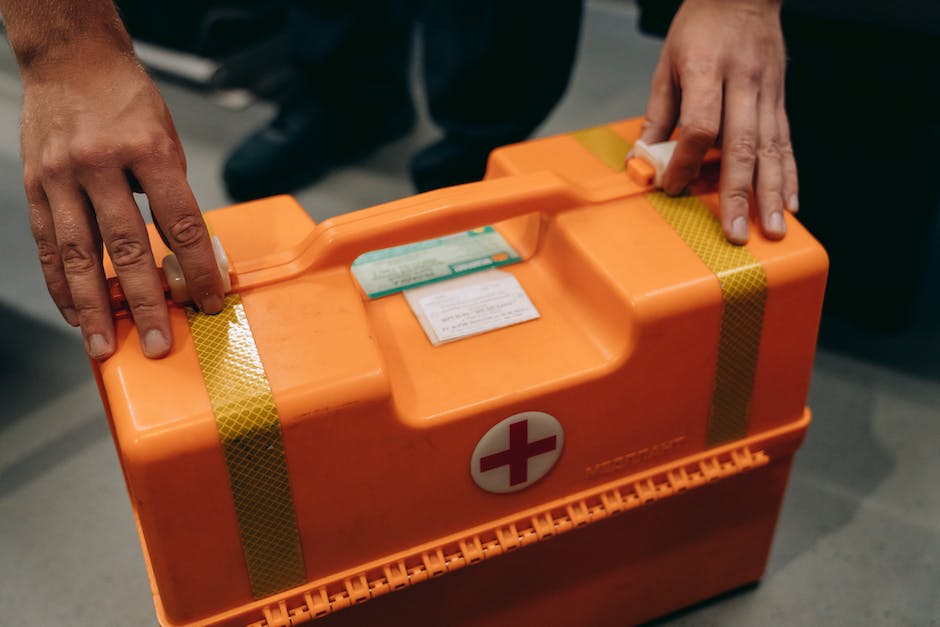
Before setting off on your solo adventure, it’s important to make sure you have the right insurance coverage for your needs. Check your health insurance coverage to see if it applies while you’re traveling, and consider purchasing a travel insurance policy that includes medical coverage.
Many policies also include emergency evacuation coverage or trip interruption insurance, which can help provide peace of mind while you travel. Make sure to bring all of your insurance information with you on your trip, and store it in a secure spot separate from your first aid kit.
Read the fine print on any insurance policies to make sure you understand what is and isn’t covered, as well as any deductibles or copays you may be responsible for in case of a medical emergency.
9. Use Your Kit Wisely: Proper First Aid for Common Injuries
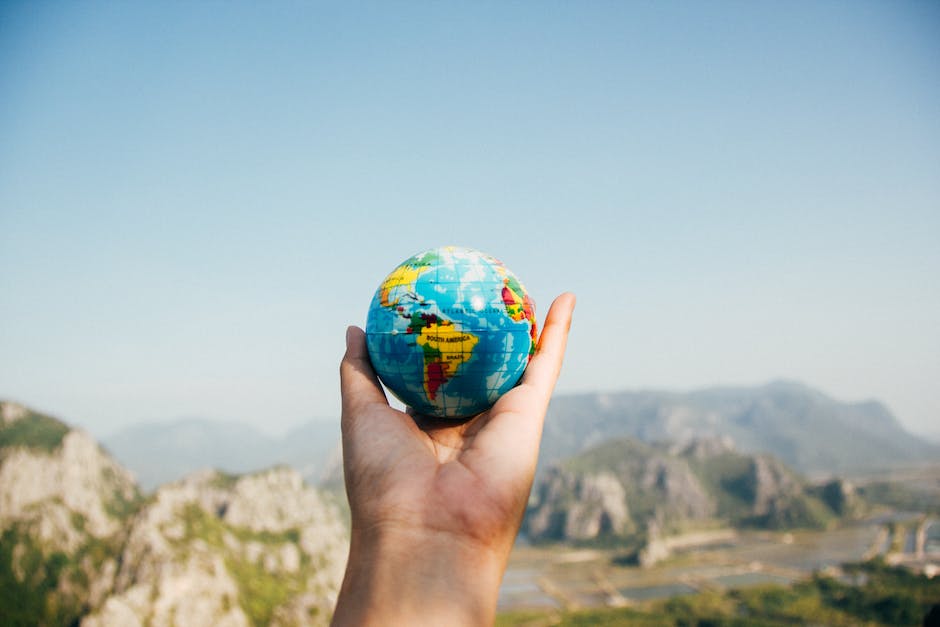
Knowing how to properly use the items in your first aid kit is just as important as packing them. Take a basic first aid class before your trip, or brush up on your skills by reading a first aid manual.
Learn how to clean and dress wounds, how to recognize signs of dehydration and heat stroke, and how to administer basic first aid for allergic reactions or asthma attacks.
Remember that your first aid kit is a tool to help you treat minor injuries or illnesses – if you experience a serious medical emergency, seek professional medical help immediately.
10. Stay Calm and Prepared: Handling Emergencies while Traveling Solo
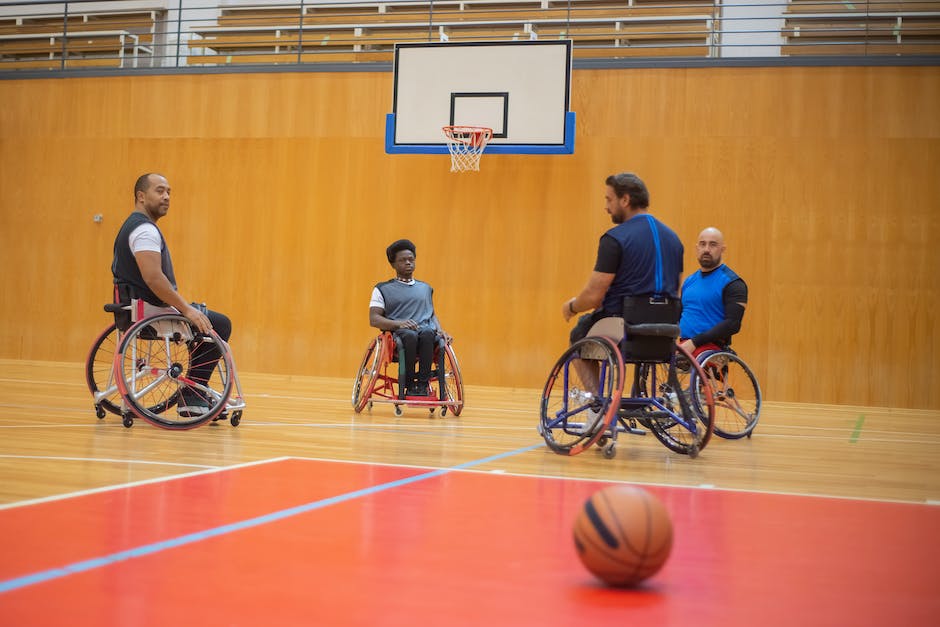
Finally, remember that in an emergency, it’s important to stay calm and prepared. Contact local emergency services and follow their instructions carefully.
If you’re traveling in a foreign country and don’t speak the language, consider carrying a phrasebook or translation app with key medical terms. Stay positive and confident, and trust in the fact that you’ve packed a well-stocked and well-organized first aid kit to help guide you through any unexpected bumps on the road.
Remember that accidents can happen to anyone, even the most experienced travelers. With a little preparation and the right supplies, you can set off on your solo adventure with confidence and peace of mind.

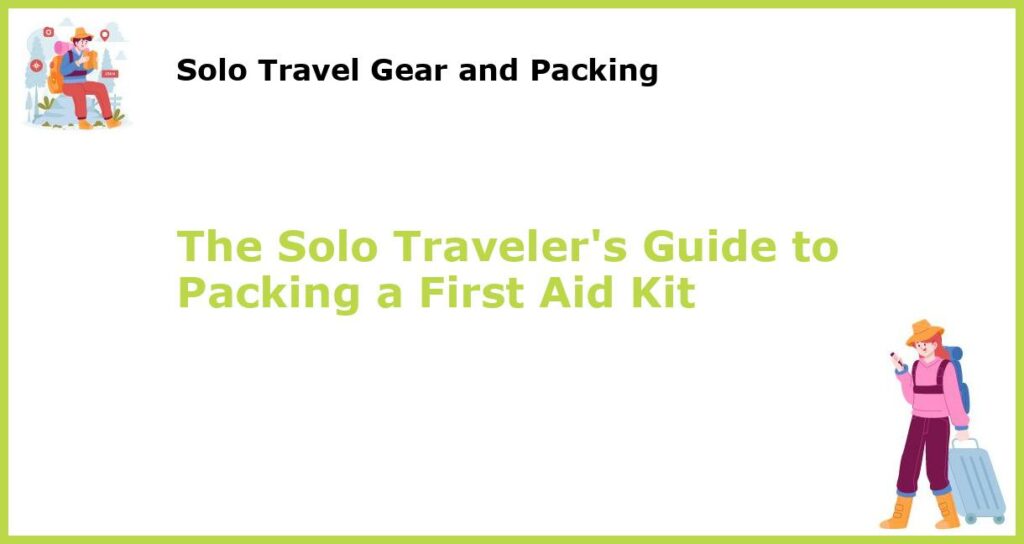






 You might also be interested in those articles related to solo traveling
You might also be interested in those articles related to solo traveling